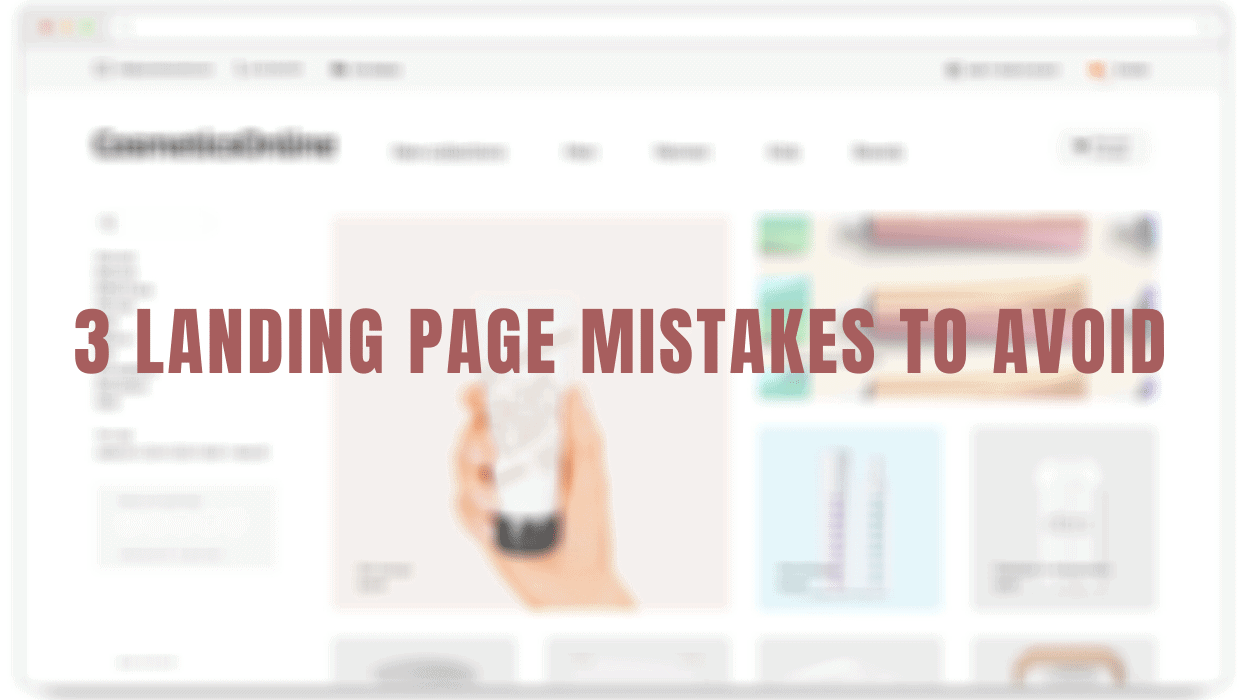Whether it is SEO, retargeting, or PPC, there’s a lot of debate in the digital marketing space about different marketing strategies and their success in delivering conversions and sales. However, there is one thing that all these platforms have in common that will play a significant role in their success: the landing page.
A landing page in digital marketing is a standalone web page, explicitly designed for a marketing or advertising campaign. The user often ‘lands’ on this page from a link on another website.
Sadly, when setting up and implementing marketing strategies, optimizing landing pages is frequently ignored. We’ll go through some of the top mistakes dental practices make on their landing page below and how yours can avoid the same fate.
The page offers no way to contact you.
If you invest money into an advertising campaign, you probably want new clients to contact you, right?
Did you know that your contact page gets more page views than any other part of your site? While a contact us page is often added as an after-thought, you should devote much more time and care to your contact details on your landing page, as it is the beginning of your relationship with your potential customers.
Make sure your phone number is prominently displayed so that your visitors can quickly get in touch.
Also, pay attention to the construction of your contact form. It should:
- Enable a visitor to get in touch if they need to.
- Explain why anyone should contact you and explain how you can help solve their problems.
- Be as short as possible while still gathering the information you need to help your potential customer.
The page has no strong call to action.
A call to action (CTA) is a statement intended to get the person reading to respond immediately. If you find that your leads and prospects are not taking the next step and booking a consultation with you, the issue may be a faulty or non-existent call to action.
According to a recent study, seventy percent of small business websites do not include a call to action at all. In contrast, many other small companies do not make their CTAs compelling enough to meet their conversion targets. You have to learn how to write a persuasive call to action if you’re committed to getting patients through your door.
You should display the call to action on the landing page. For example, if you want people to call you to book a consultation, clearly display “Call now to schedule your consultation” and list your phone number. Missing this simple yet crucial element could make or break your campaign.
The page is not mobile-optimized
Chances are, you’ve already learned (maybe from a web designer or other digital marketing company) that if you want to beat your local competitors, your website needs to be mobile-friendly.
It’s a cliche at this point, but it’s true. Mobile traffic officially exceeded desktop traffic on the internet in October of 2016. Rather than from a desktop or laptop computer, people have regularly accessed the internet from their cell phones or tablets for the past four years. For more than a decade, desktop traffic has declined, and mobile internet usage continues to rise.
That’s why the mobile user experience is everything. An intuitive landing page that does not require users to pinch and zoom to locate what they need leads to a good experience.
Frustration will send visitors to your mobile-optimized rivals. With Google statistics showing that 61 percent of users are unlikely to return to a site they find challenging to navigate, the chances of winning them back are slim.
Just one second of delay in your website loading might lead to a 7 percent decrease in customer conversions, according to Kissmetrics. Standards from Google dictate that a web page should load in under two seconds. A responsive website will do that, but there is no chance of a desktop website loading that quickly on a mobile device.
Simplicity is the secret to creating a successful landing page. Your landing page shouldn’t have too much content, unnecessary features, or distracting templates. Make it easy for them to locate the information they need to book with you. Do that, and your bookings will no doubt improve. For helping in creating your landing page, don’t hesitate to contact us!

